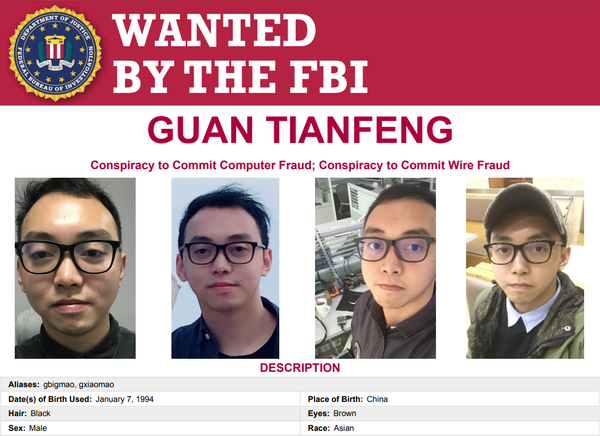CISA Says Russian Hackers Compromised Agencies Using Stolen Microsoft Emails

Sisense hackers have access to all customer credentials, Biden eyes wider Kaspersky Lab ban, Threat actors targeted LastPass with deepfake audio, Palo Alto says hackers are exploiting high severity vulnerability, Vulnerability in server hardware due to supply chain software will never be fixed, Ukraine hackers shut off sensors in Moscow sewage network, D-Link NAS exploits escalate, French cities hit by large-scale attack, much more




